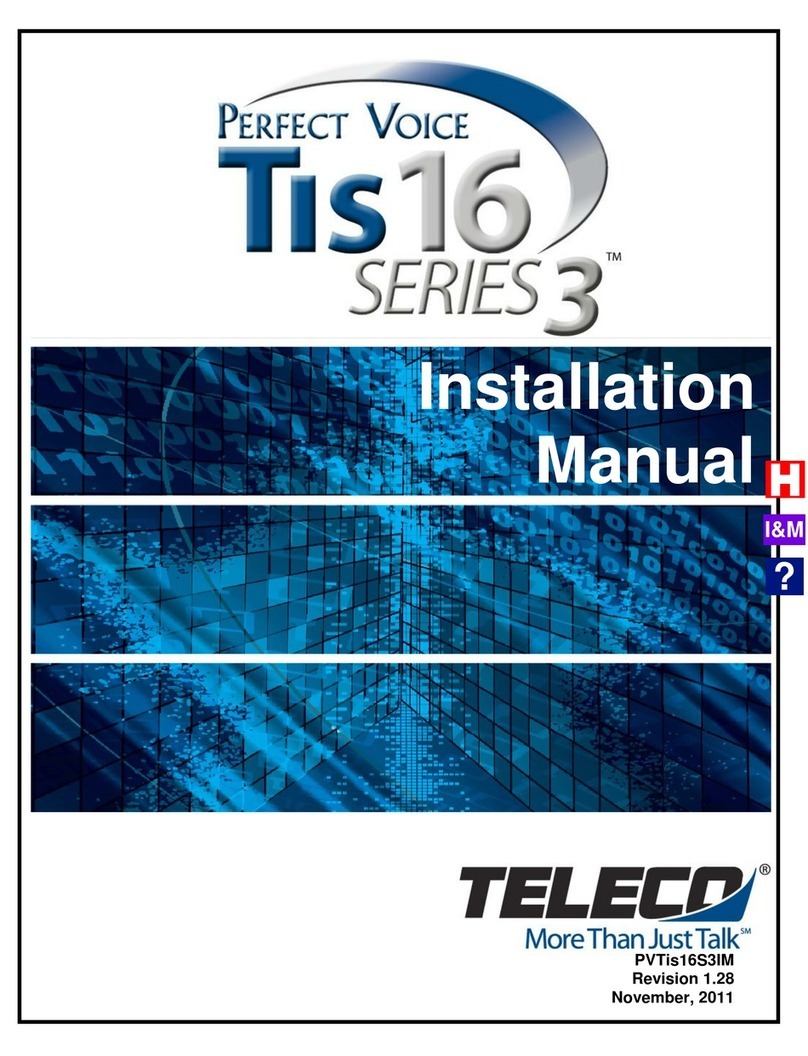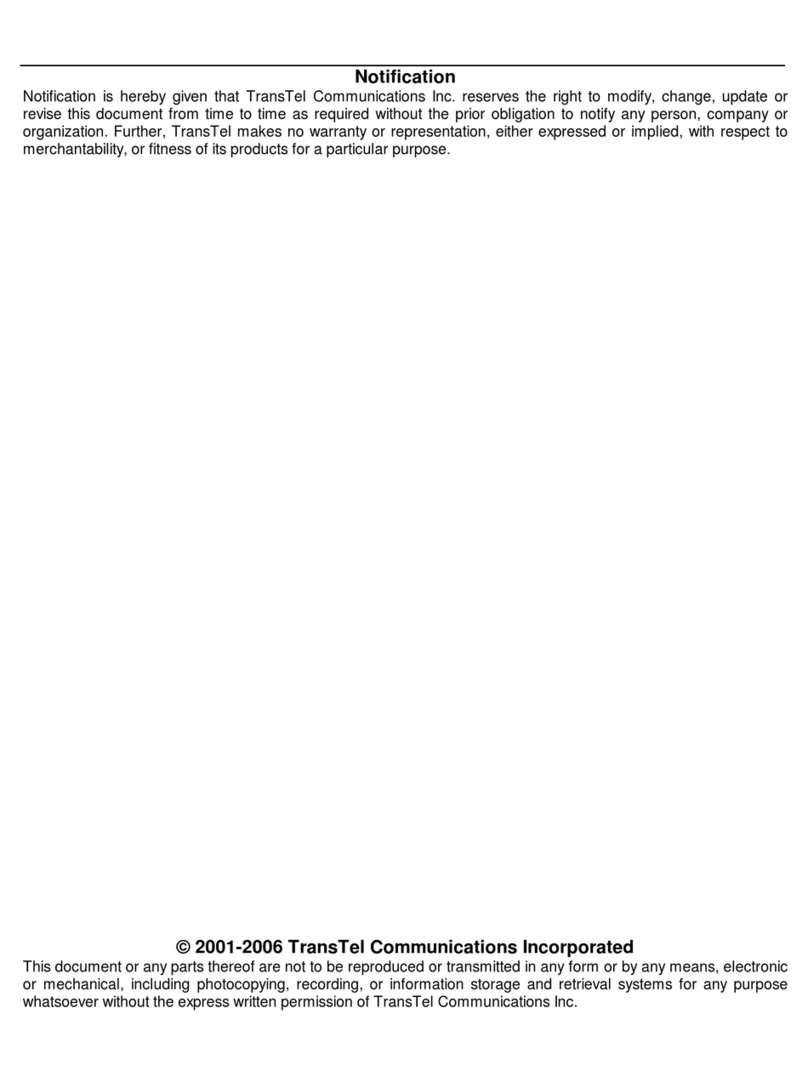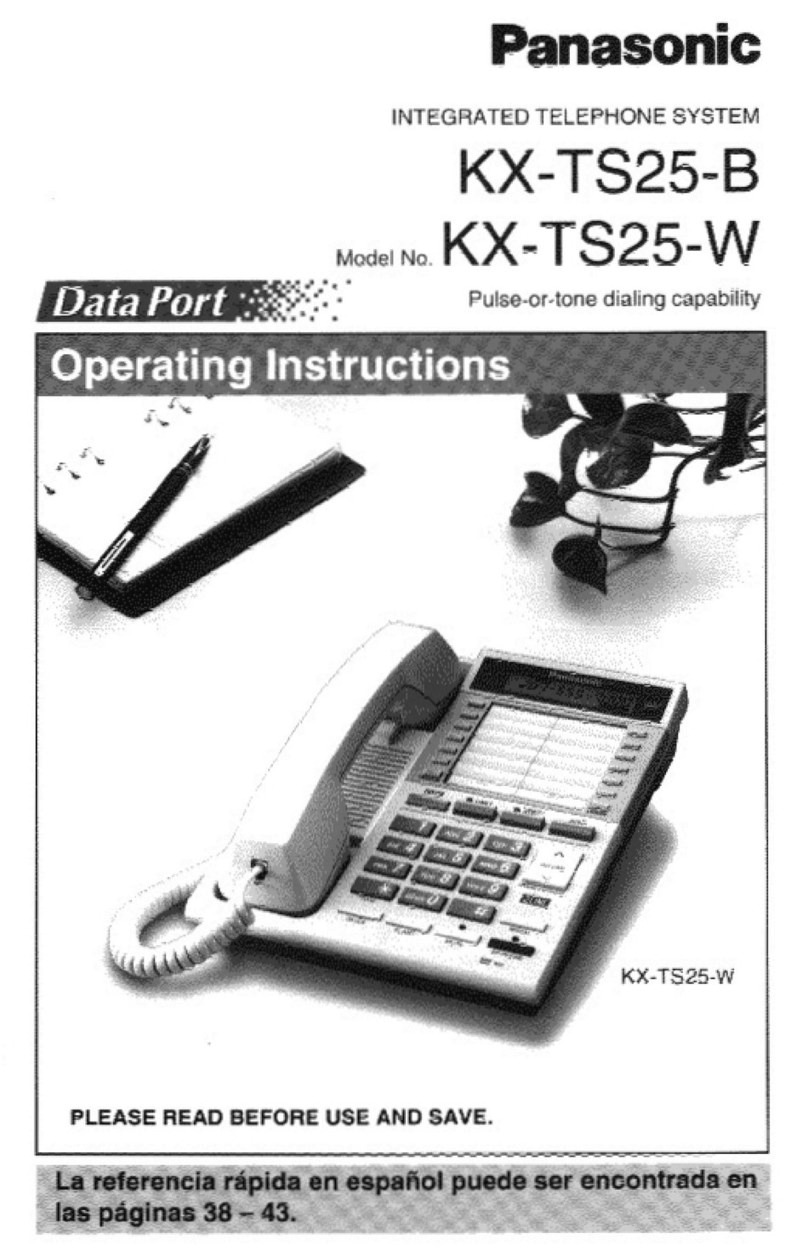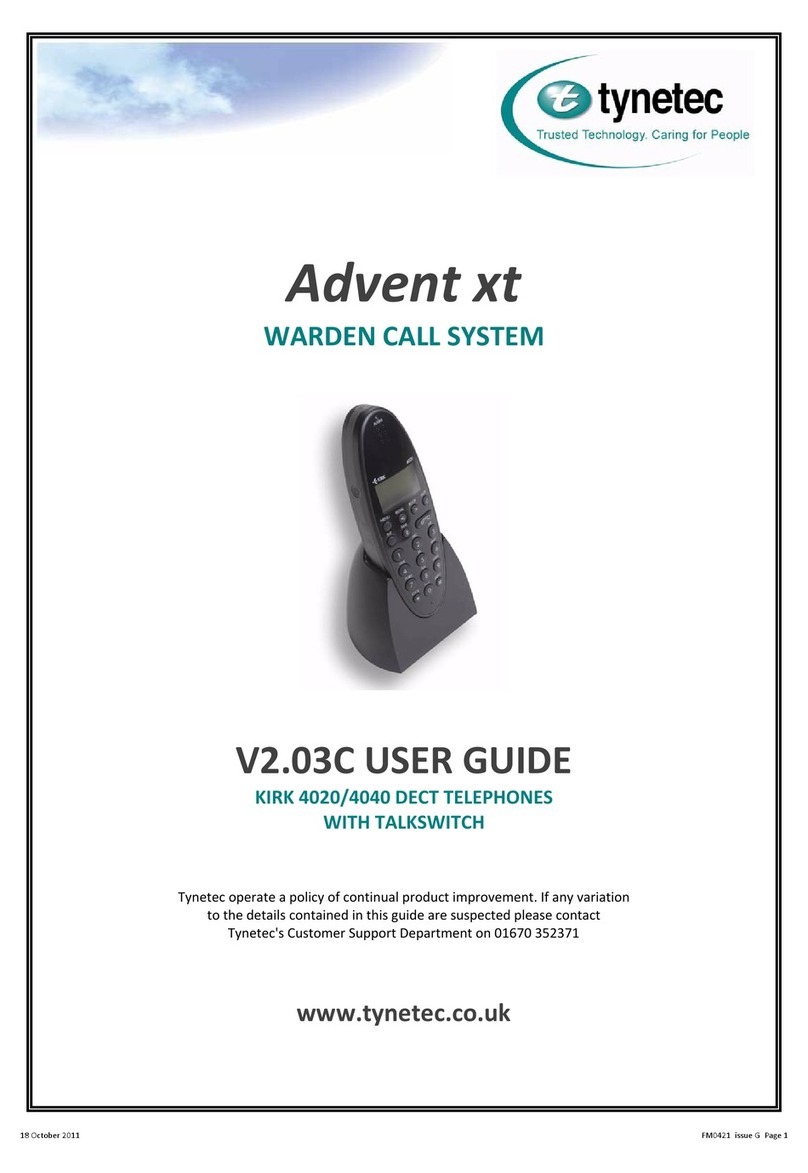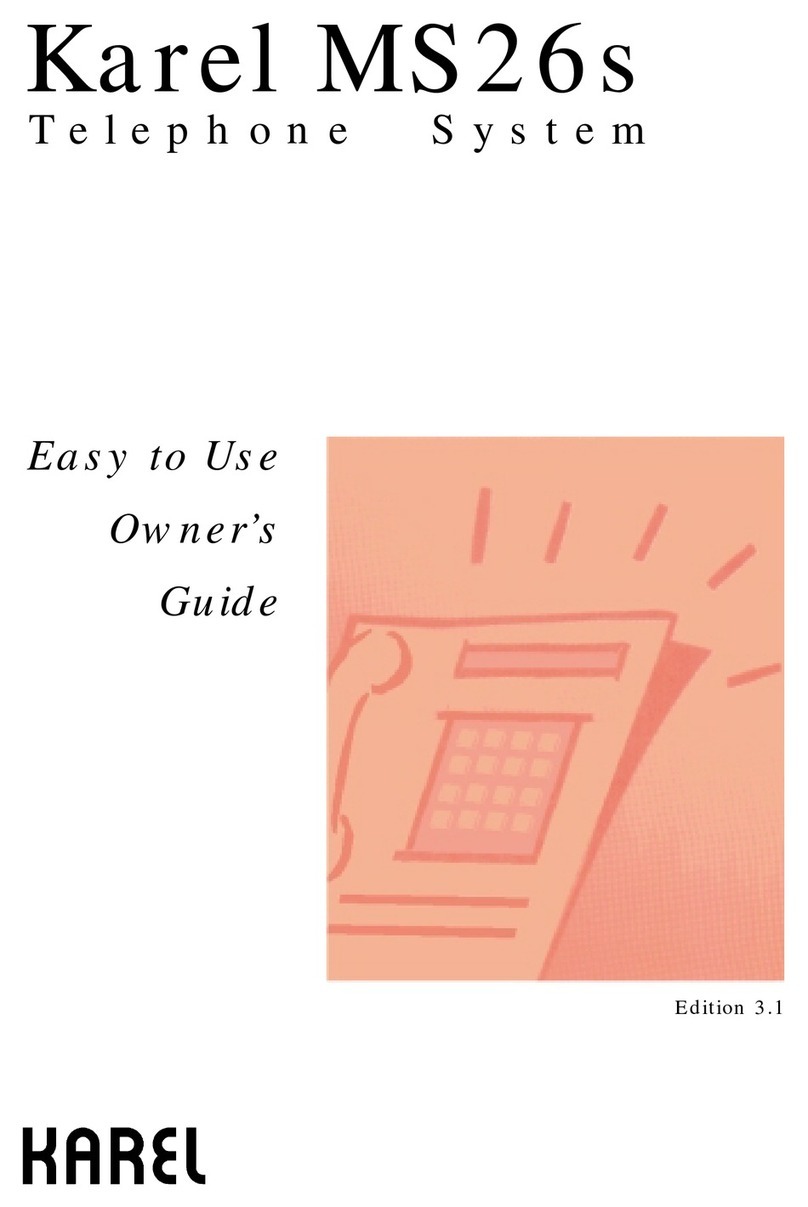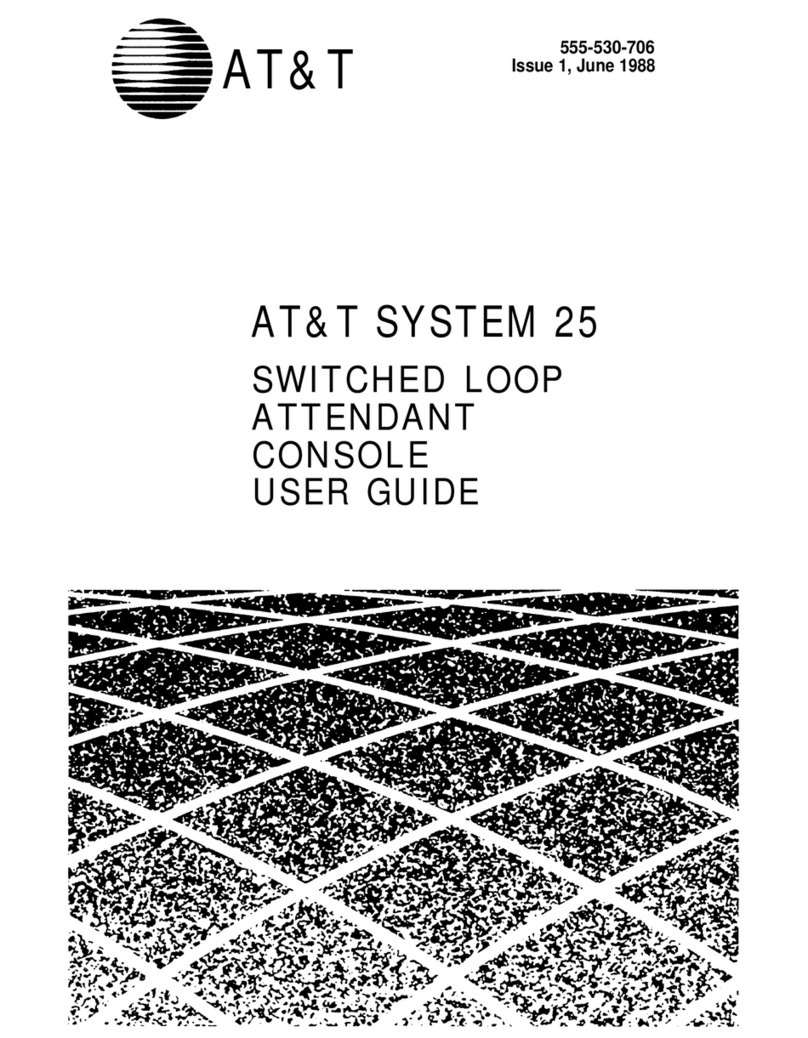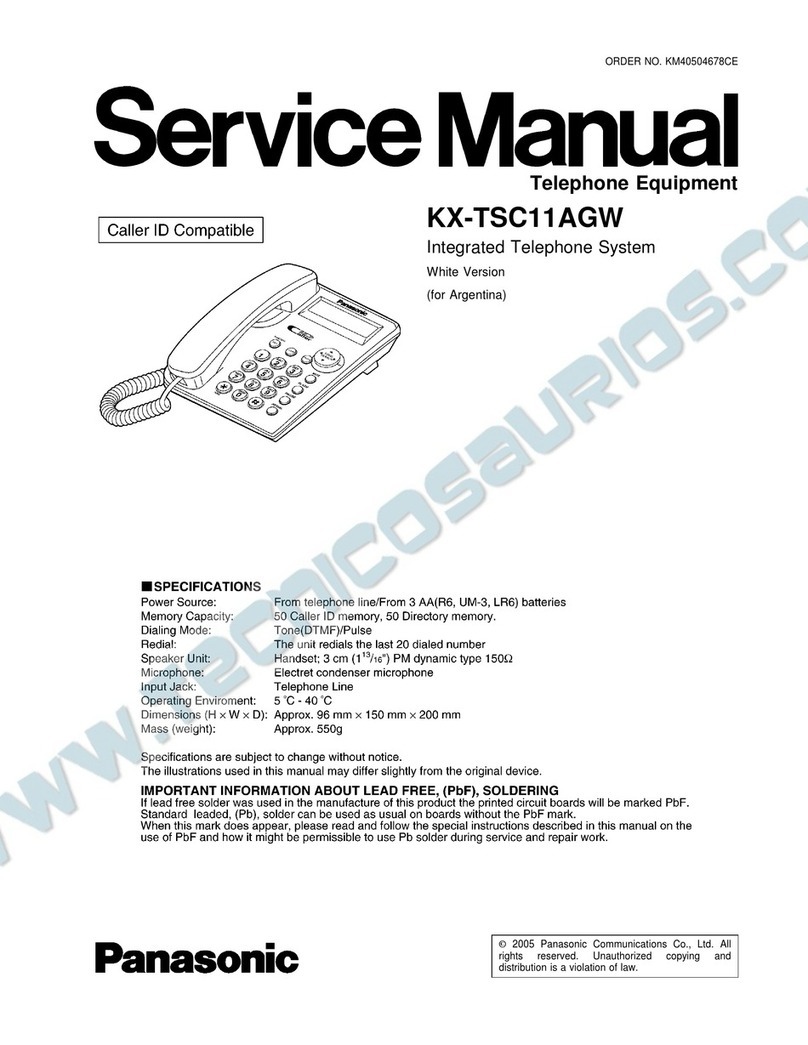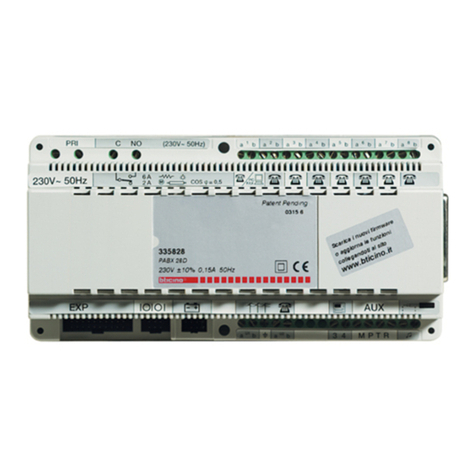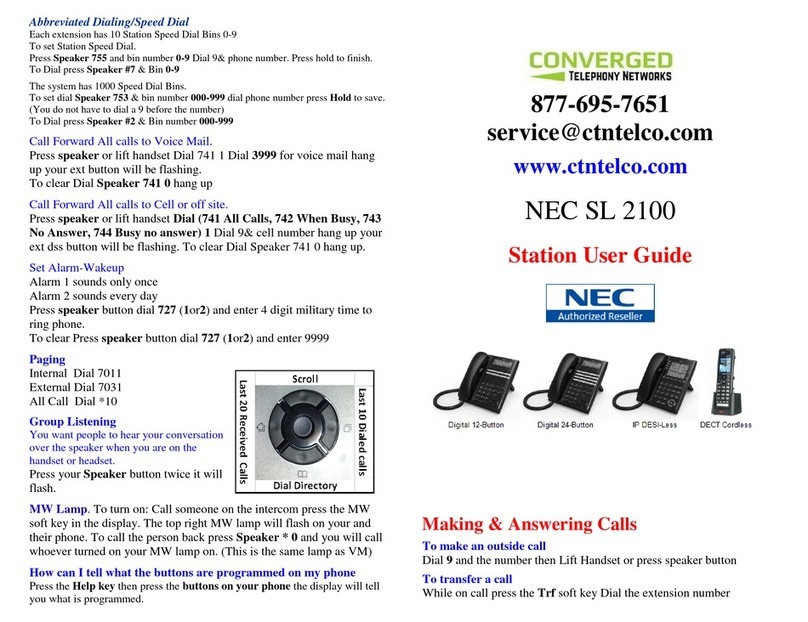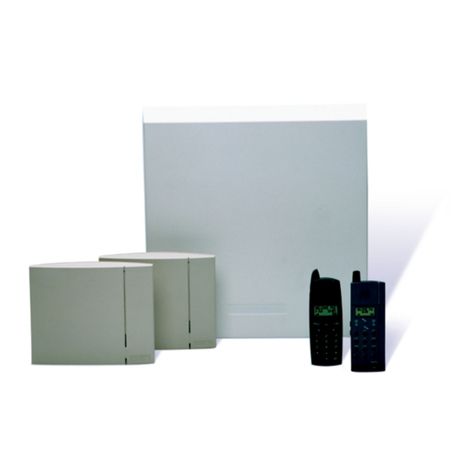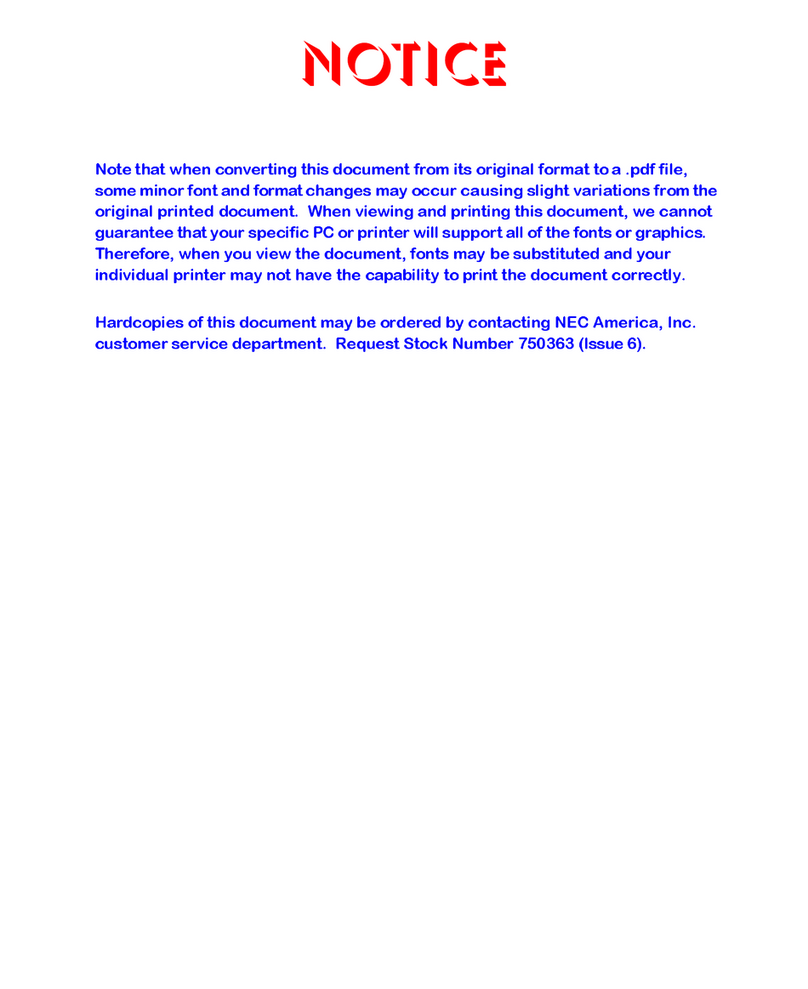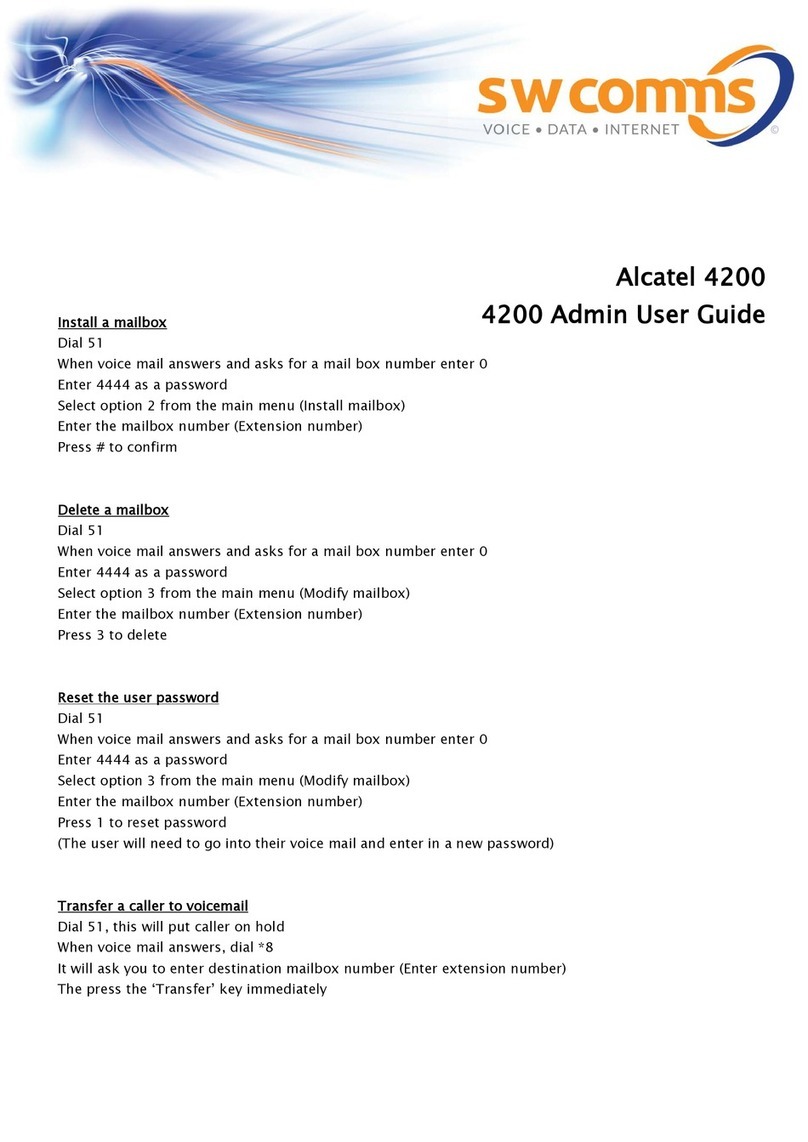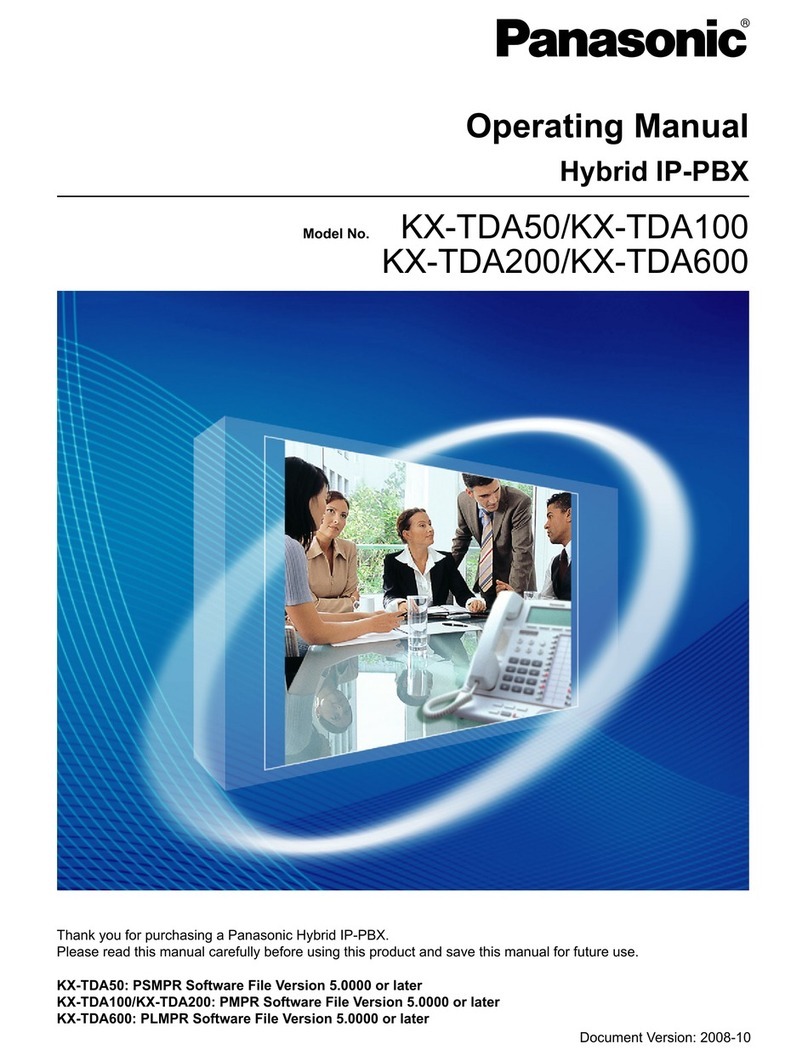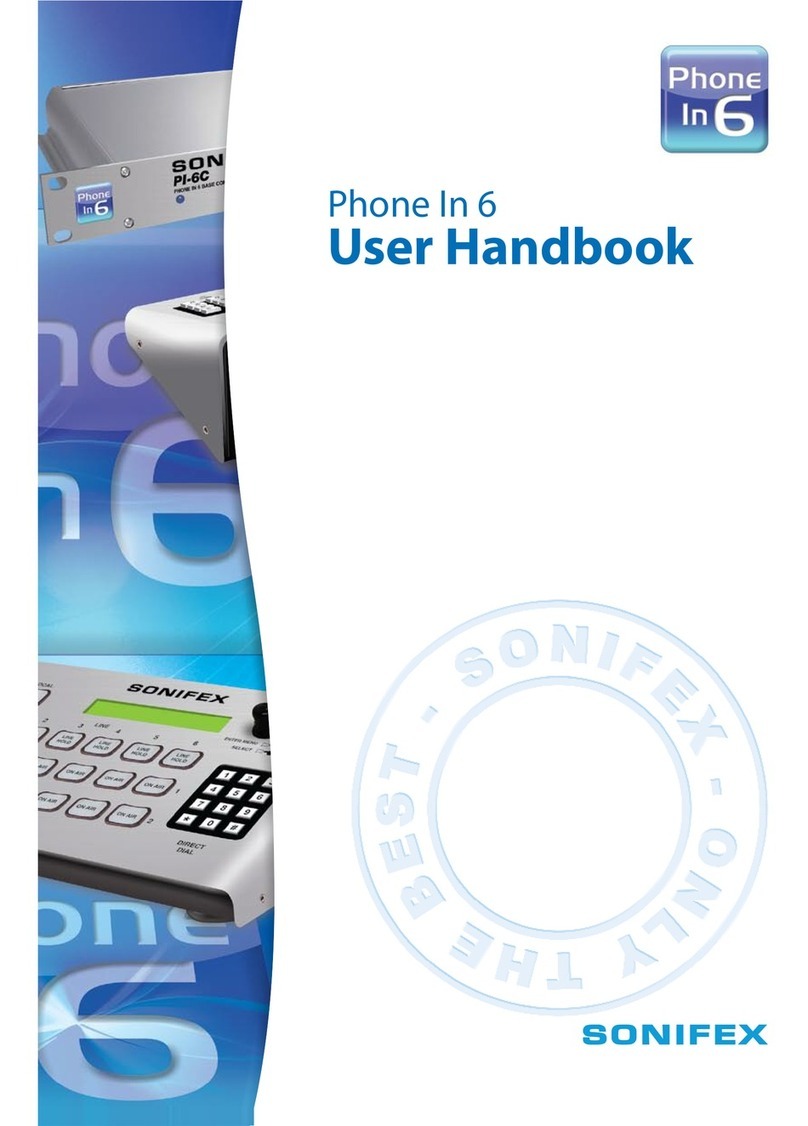
5
Ring Start with Linked Messages (R*)
The message plays in response to a Loop or Ground
Start signal. A sequence of messages, 'linked'
together, play to the caller.
If a 'linked' message is not recorded, it is skipped and
the next recorded message plays to the caller.
The option switch positions for setting the linked
message sequences are summarized as follows:
Option Switch Linked Message Play Sequence
1 2 3
On On On Messages 1, 2, 3, 4, 5 and 6 play to all lines.
Off On On Messages 1, 3 and 5 play to lines 1, 2 and 3.
Messages 2, 4 and 6 play to lines 4, 5 and 6.
On Off On Messages 1, 3 and 5 play to lines 1 and 2.
Messages 2, 4 and 6 play to lines 3, 4, 5 and 6.
Off Off On Messages 1, 3 and 5 play to line 1.
Messages 2, 4 and 6 play to lines 2, 3, 4, 5 and 6.
On On Off Messages 1 and 4 play to lines 1 and 2.
Messages 2 and 5 play to line 3.
Messages 3 and 6 play to lines 4, 5 and 6.
* Re-initialize announcer after changing option switch position.
Configuring Remote Line
Separate Announcement / Remote Line
Line 6 is a dedicated announcement channel
operating in the mode specified by the option
switches. The Remote line, operating in the Ring
start mode, is a dedicated remote access channel.
Combined Announcement / Remote Line
Line 6 is not available and the remote line, operating
in the Ring start mode, provides both announcement
and remote access features.
Option Switch Announcement / Remote Line
8
On Separate
Off Combined
* Re-initialize announcer after changing option switch position.
Applying Power to the Announcer
On systems with an AC Power Supply, connect the
detachable power cord between a 110/120 (or
220/240) VAC outlet and the announcer. On systems
with a DC Power Supply, connect 48 VDC between
the '+' and '-' screw terminals and connect GROUND
to the GROUND screw terminal.
Turn the battery switch ON if the announcer is
equipped with battery backup.
Verify that the Eight Character Display illuminates
and indicates the system configuration as shown
below. If the front panel display does not illuminate,
ensure that the power is being supplied to the
announcer. If power is supplied, remove the unit's
cover and check the condition of fuse F9. If the fuse
is intact and the display still does not illuminate
contact the nearest Interalia office for technical
assistance.
The display shows the software version, ie:
V5.00
followed by the 'system' remote access code:
8615
if configured for a combined announcement/remote
line:
COMB REM
followed by the line operating mode, ie:
RRRRRR
This example shows lines 1 to 6 operating in the ring
start mode. The line operating mode is indicated as
follows:
C - Continuous Play (C)
L - Level Start (L1, L2 or L3)
M - Pulse Start / Pulse Return (P2)
P - Pulse Start / Level Return (P1)
R - Ring Start (R, R*, RN, RT)
S - Synchronized Continuous Play (S)
-- - Line not available
